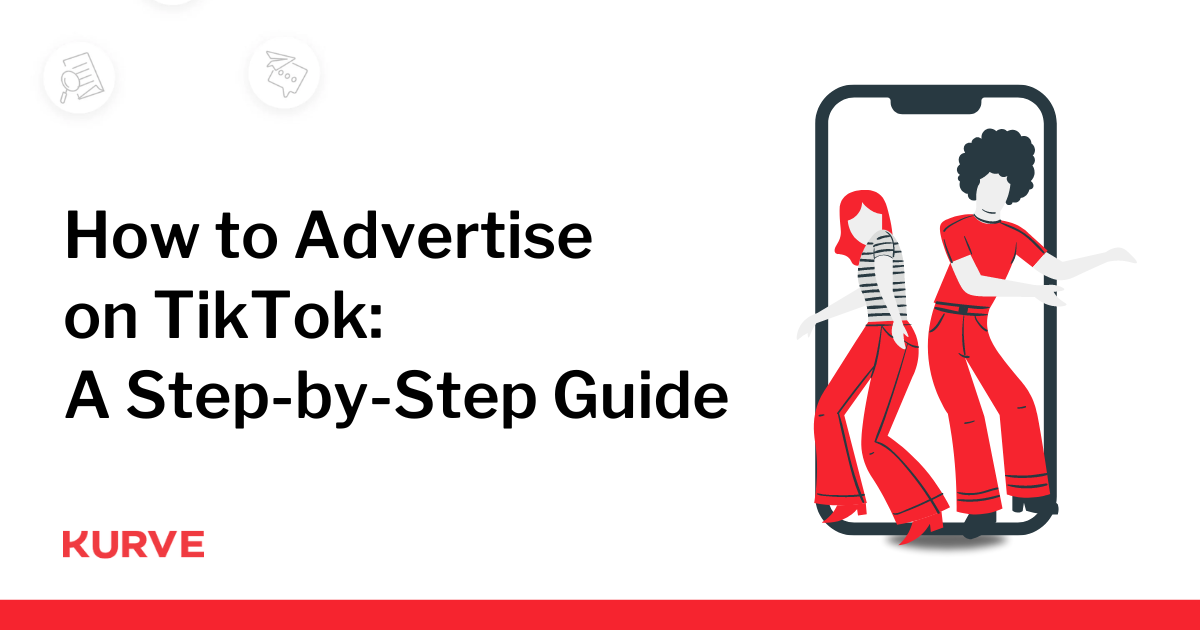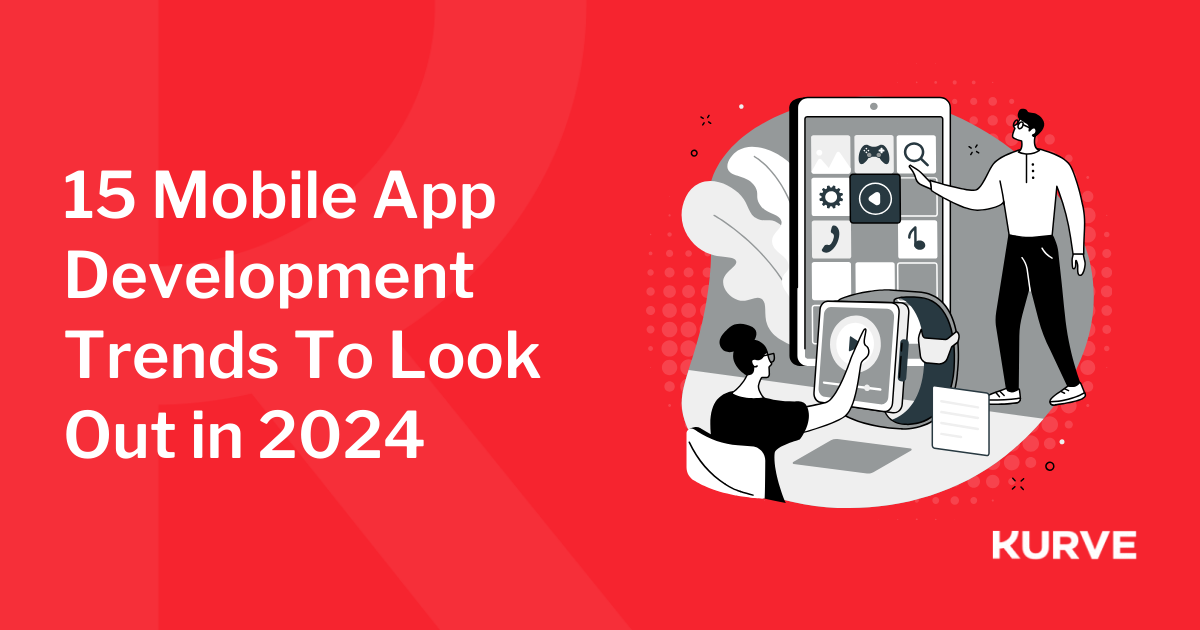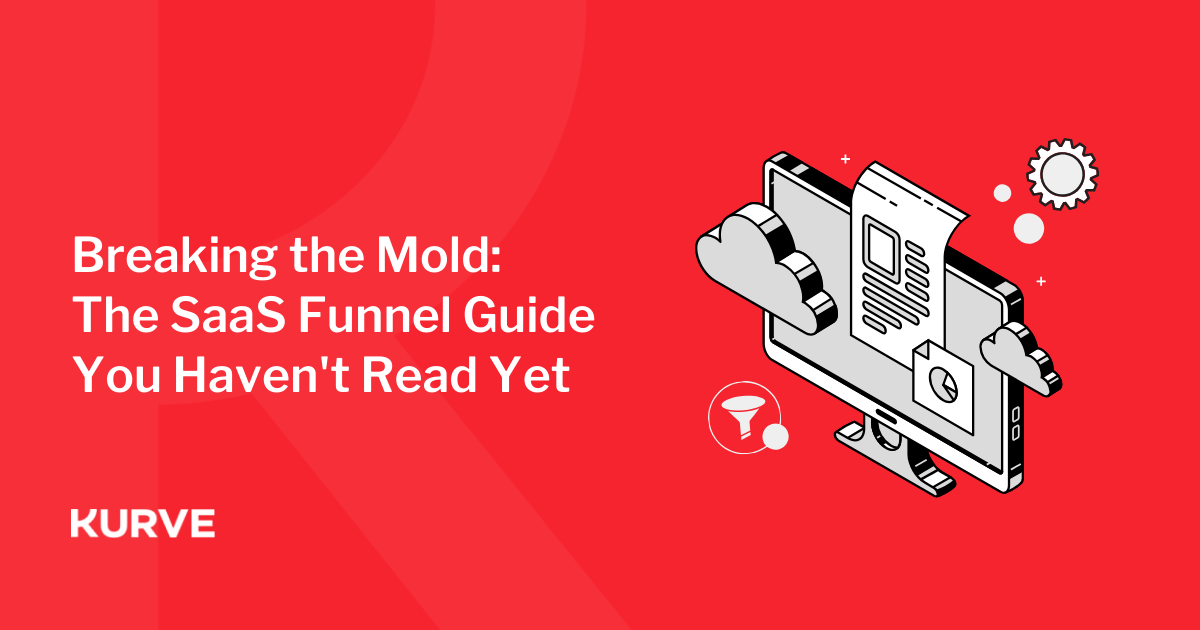How to Improve Your App Engagement with Automation
This article is by Kurve’s Samuel Olsson, a B2C growth, marketing expert specialising in m obile apps.
obile apps.
So, you’ve launched your app, and now you’re ramping up your acquisition campaigns? Great!
But getting those early installs is only part of the puzzle. You need to eat, sleep, and breathe app engagement to move your users through the funnel – from acquisition and activation to retention, referral, and, finally, revenue.
The good news is, a lot of this can now be automated, and in this article, I’ll explore some simple, actionable ways to fuel your mobile app’s growth with automation.
What are the key types of automation app businesses can leverage?
There are three main types of automation you can use to keep users engaged at every stage of the user journey; transactional, lifecycle, and campaign automation.
1. Transactional automation
Transactional automation is any type of engagement triggered from an event in your app.
For example, an email sent when a user registers their email address, a password reset email, or a push notification when a user needs to re-enable permissions in the app.
These are a must-have for any app.
2. Lifecycle automation
Next, you have your lifecycle automation. These are the actions you take to move users through your app journey.
For example, this could include sending a post-registration email with valuable content for a new user or a push notification to nudge someone into returning if they’ve stopped using your app.
You need to use everything you know about your users when designing your lifecycle automation. Let’s say you know that a user who doesn’t open your app for five days is likely to churn. In response, you could automatically place them into an email nurturing campaign. Alternatively, you could add them to a retargeting list and remind them of your app and its benefits.
Your lifecycle automation needs to be as detailed and granular as possible, covering a wide range of scenarios. The key is to base it on accurate information and monitor it regularly to make sure it’s delivering.
3. Campaign-related automation
Campaign automation relates to any one-off campaigns you send to your users to let them know about relevant news or updates.
If you run an e-commerce store, these could be one-off holiday promotion campaigns. If you have a gaming app, it could be when you release a new update or paid download.
How your approach to automation changes as your company grows
As your startup grows, you’ll need to approach automation in different ways.
When you’ve just launched your app, you won’t have product-market fit. At this stage, you don’t need complex or expensive automation tools. Despite that, you still need some type of activation flow, so look for free or inexpensive tools that let you get up and running. You can create flows to encourage people to sign up for your paid plans or buy products and keep them engaged.
When you hit product-market fit and start seeing a bigger influx of new users, you’ll need to build on your existing automation flows. At this stage, you’ll need access to more data to make decisions and use automation to improve app engagement at all stages of the user lifecycle.
When you scale up, it’s time to get more advanced. You’ll have huge amounts of data and be able to build more complex automation flows based on everything you know about your users. You’ll be able to spot potential churn more easily and combat it, identify key engagement moments that lead to improved activation rates, and build out a referral system with incentives that you know work.
Using automation to improve your pirate metrics (AARRR)
“Pirate metrics”, or “AARRR”, is a common way to judge marketing and growth performance. The AARRR stages include:
-
Acquisition
-
Activation
-
Retention
-
Referral
-
Revenue
The main benefits of automation come post-acquisition, so here’s how you can use automation to influence your (A)ARRR.
1. Improving app activation with automation
Your users are browsing the iOS and Google Play app stores like a search engine. They might download two or three apps and test each one out before committing to one.
That means your activation sequence is critically important. You’ll set the tone for the entire journey and how users will engage with your app in the future.
The goal of your automation efforts at this early stage is to connect with your customers, show them what to expect in the future, and ensure they don’t simply install and forget your app.
If you can get high engagement from users early on in their lifecycle, you’ll be more likely to keep that engagement throughout their whole lifecycle.
2. Improving retention with external triggers
Automation (or a lack of it) is the reason that some apps become a crucial part of our day, while others get forgotten.
Once you know what signals and behaviour result in users becoming active and engaged, you can optimise your automation flows to get new users to that same point.
For example, let’s suppose you know that new users become active users of your chess app after playing for seven days in a row. In that case, you can send push notifications on any days where a user doesn’t open your app before a particular time of day.
Over time, they’ll start to become behaviourally inclined to open your app, and once they become an active user, you can begin to encourage other higher-value activities.
Or, if you notice someone doesn’t open your app for several days, you can send them a custom churn flow made up of emails and push notifications or add them to your advertising audiences and retarget them.
3. Using automation to increase your referral rate
Many companies forget about the power of referrals, but it’s more important than ever.
There’s a broad spectrum of activities in the referral journey. But, the fastest tactic you can leverage to improve your referral rate is gathering reviews.
No one will download your app if it doesn’t have reviews, and 90% of people say that reviews and ratings are an essential part of their evaluation process when looking at a new app.
You can quickly incentivise reviews with push notifications. Time your review requests at moments when users show they’re enjoying your app.
For example, if someone opens your app for seven days in a row, there’s a good chance they like it, so it’s the perfect time to ask them to leave an app store review.
You can also build in a referral system that makes sense for your business. If you have a gaming app, offer incentives for users to invite their friends. If you run an e-commerce app, offer users a discount code for referred customers.
The more effectively you can incentivise referrals, the higher your viral coefficient will be, and the faster you can grow.
4. Making the most of new revenue opportunities
Revenue automation is a fundamental part of any engagement strategy. Even if you’re early-stage, you need to be thinking about maximising revenue as part of your engagement strategy.
Luckily, it’s simple to get started. Try:
-
Sending one-off emails when you’re running a sale
-
Encouraging users to sign up for a paid account one week after download
-
Notifying customers when you have new items in stock
You can easily set up flows for these in any CRM or app engagement platform, and as long as your campaigns match what your customers expect, you should see results from them.
What kind of tools do you need to handle app automation?
You’ll need a CRM. For most startups, it won’t make sense to build any internal tools to manage your automation strategy as there are robust and powerful tools readily available.
Here are some examples:
-
Sendinblue: A low-cost yet effective engagement platform that’s ideal for startups. It lets you set up email and SMS campaigns for one-off or transactional events.
-
Customer.io: A more expensive, powerful marketing automation platform that lets you send emails, push notifications, and SMS to your users. With some technical know-how, you can integrate Customer.io with events in your app to send emails at the perfect time.
-
Braze: Braze is one of the best options out there for high-growth mobile app startups. There are a range of features for sending emails, push notifications, and in-app messages that let you engage with users throughout their customer journey.
Automation is a must-have for apps today
To ensure as many new users become active users (and brand advocates), you need to have an automation system in place.
Setting up your automation system should be a high-priority task. Otherwise, you risk your users forgetting about you, sacrificing growth opportunities.
But, if you can successfully create your automation system and start engaging with users at critical moments in the life cycle – encouraging them to use your app and take vital actions – you’ll see a growth in app usage, improved retention, and a boost in revenue.
Plus, you don’t need to be a huge VC-backed company to get started with effective app automation. There are cost-effective CRM systems packed with useful features to help you grow your app business faster.
If you’re aiming to improve app engagement and the performance of your automation, get in touch today.
Samuel Olsson is a curious growth marketer in the mobile app space passionately focused on improving key metrics aligned with business objectives to drive value and scale.


